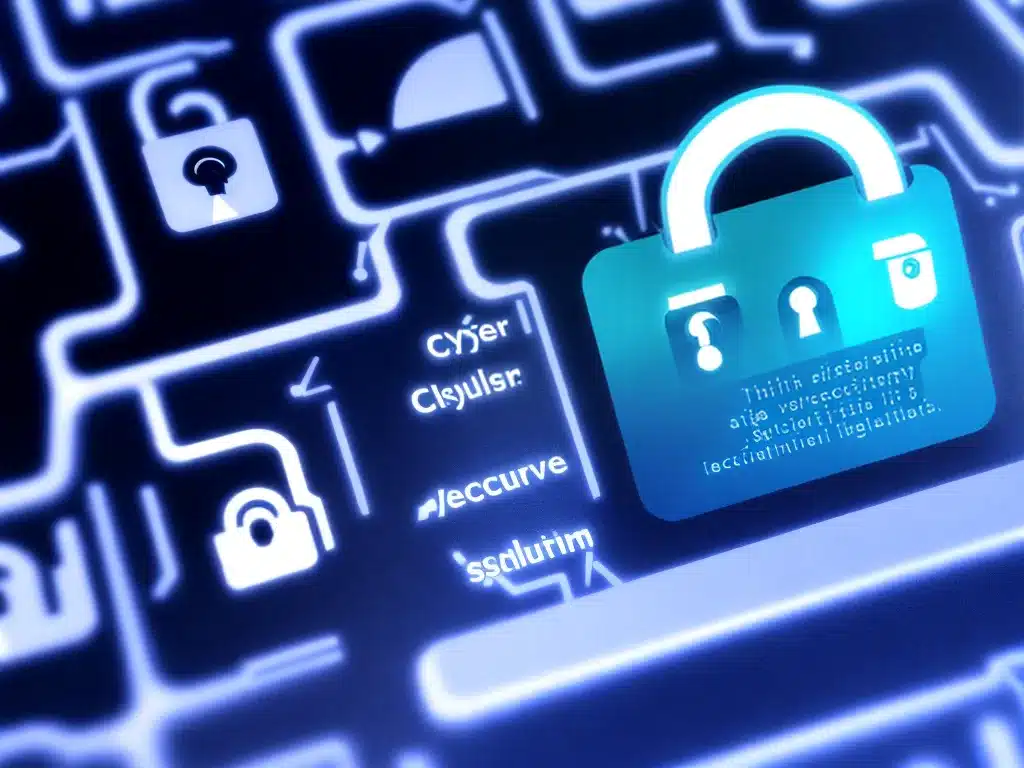
Introduction
Cyber security is no longer just an IT issue – it is a business issue that requires involvement from all employees. As cyber threats become more sophisticated, organizations must prioritize building a culture of cyber security awareness and vigilance. This article will provide an in-depth look at how to create a cyber security culture at your organization.
Educate Employees on Cyber Security Risks
The first step is educating all employees on cyber security risks and threats. Many breaches occur due to employee errors and lack of awareness. Training should cover:
- Common cyber threats like phishing, malware and social engineering
- Safe practices like strong password hygiene, securing devices, and identifying suspicious emails
- How to identify and report potential threats and breaches
Conduct training regularly to keep employees vigilant. Simulated phishing attacks and online cyber security courses can reinforce learning. Customize training to different roles – customer service, finance, executives etc.
Establish Clear Security Policies
Publish clear cyber security policies so employees understand their roles and responsibilities. Policies should cover:
- Acceptable usage of corporate devices, networks, and data
- Protocols for secure access like multi-factor authentication
- Rules around password protection, remote work, social media usage etc.
Ensure these policies align with industry standards and regulations. Review and update regularly. Require employees to acknowledge understanding of policies.
Promote a Culture of Security Ownership
Every employee should feel empowered to take ownership of cyber security, not just IT teams. Encourage employees to:
- Be vigilant about suspicious emails, links, attachments
- Report issues immediately to IT teams
- Provide input on improving security protocols
Foster an open culture where people feel comfortable asking questions and reporting issues without fear of blame or judgement.
Gain Buy-In from Leadership
Executive leaders and managers should fully support and participate in cyber security initiatives through:
- Allocating sufficient resources to security programs
- Attending trainings and upholding policies themselves
- Communicating the importance of security to the entire company
Their commitment establishes cyber security as an organizational priority. They can motivate employees through leading by example.
Implement Ongoing Assessments and Controls
Conduct regular audits to identify potential vulnerabilities in your systems, processes and employee practices. Assessments can include:
- Penetration testing to probe networks for weaknesses
- Phishing simulations to test employee response
- Cyber security program maturity assessments
Address gaps found through technical controls and updated policies and training. Continuous assessments ensure your defenses stay effective against evolving threats.
Recognize and Reward Contributions
To sustain engagement, recognize employees who actively contribute to improving cyber security. You can:
- Feature stories about employees who spotted and reported an attack
- Establish awards or incentives for participation in training
- Celebrate Cyber Security Awareness Month globally every October
Positive reinforcement will make employees more willing to incorporate security in their daily workflows.
Conclusion
Building a robust cyber security culture requires a multilayered strategy spanning technology, policy and people. Educating employees, promoting ownership, gaining leadership commitment, continuous assessments and positive reinforcement are key steps organizations can take. A mature security culture will enable your company to better prevent, detect and respond to cyber risks.












